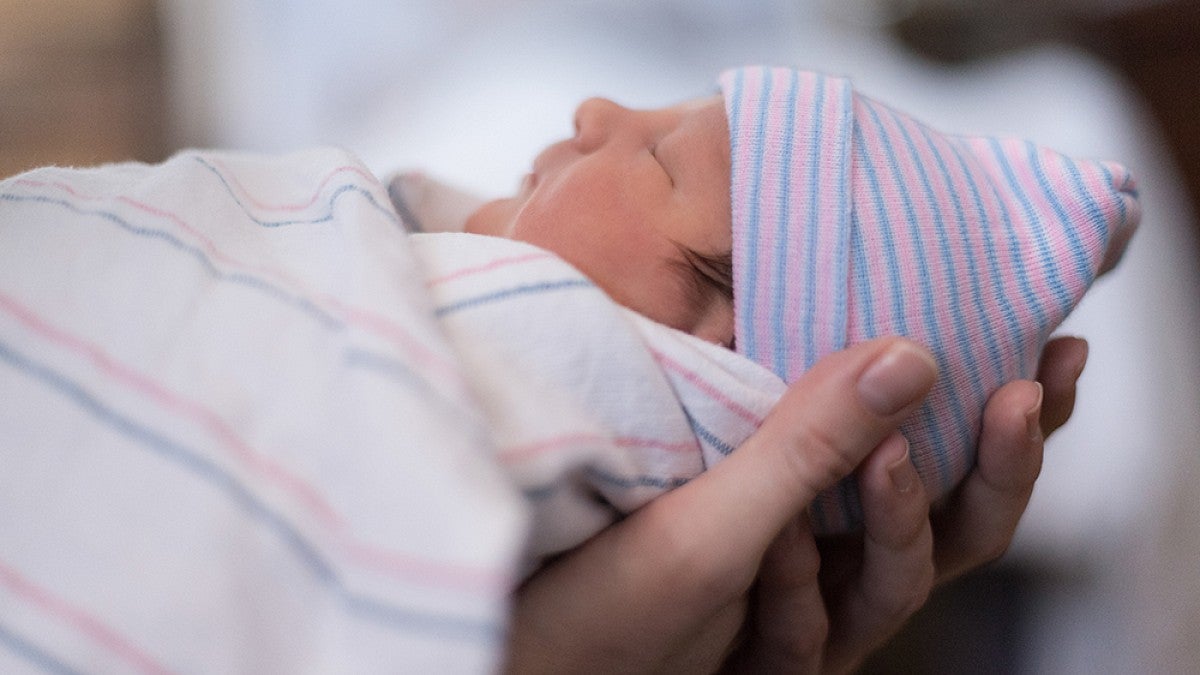Exposure to opioids in the womb affects the development of important circuits in the brain and spinal cord that control breathing, new University of Oregon research shows.
The study, led by Adrianne Huxtable in the UO’s Department of Human Physiology and Institute of Neuroscience, was recently published in Frontiers in Physiology. Its findings could lead to better treatments and interventions for at-risk infants.
As opioid use has risen in the United States, so too has the number of infants exposed to the addictive drugs during pregnancy. Those babies often experience withdrawal symptoms after birth, and some experience longer-term health problems.
Huxtable’s lab focuses on how the brain and spinal cord control breathing. Opioids slow breathing and heart rate, and opioid-exposed infants often have breathing difficulties, among other symptoms. But it’s difficult to pick apart exactly how opioids affect the formation of the neural circuits that control breathing, Huxtable said, since exposure can cause cascading effects on development.
“We know opioids can derail other aspects of neural development,” said Huxtable, who is part of the College of Arts and Sciences. “We want to start to tease out whether these breathing deficits come from opioids at the beginning of development or if they are also shaping circuits later.”
Researchers exposed pregnant rats to opioids around the time rhythmic respiratory activity begins in the fetus. This rhythmic activity, which is a relatively late-term development, is a prerequisite for breathing outside the womb. By the time it starts, many other key neural circuits have already formed.
Then, the team isolated parts of the breathing-related neural circuitry from the offspring and studied them in a dish for five days. Those neurons will continue to work outside the body, even though oxygen isn’t being exchanged, Huxtable explained. Researchers found that opioids hung around in the nervous systems of neonatal rats exposed in the uterus, impairing respiratory control in the first few days after birth.
One area of interest was the primary respiratory rhythm generator, the part of the brainstem that keeps breathing steady without conscious thought. In most people who die from opioid overdoses, this rhythm generator is silenced, so scientists know the drugs affect that mechanism, Huxtable said.
In the experimental rats, the rhythm-regulating circuits were less sensitive to opioids given after birth, suggesting lasting changes from exposure during development.
But just how broad the developmental effects were within respiratory circuits was surprising, Huxtable said. The drugs’ impact went far beyond the respiratory rhythm generator, impairing activity in many of the neural circuits in the central nervous system that control breathing.
“The next step is narrowing down where within these central respiratory networks this is occurring, whether it’s changes in neurons or support cells,” Huxtable said. Her team also hopes to explore whether different opioids have similar effects.
—By Laurel Hamers, University Communications
This work was supported by the Renée James Seed Grant from the University of Oregon and NIH DA054295.


